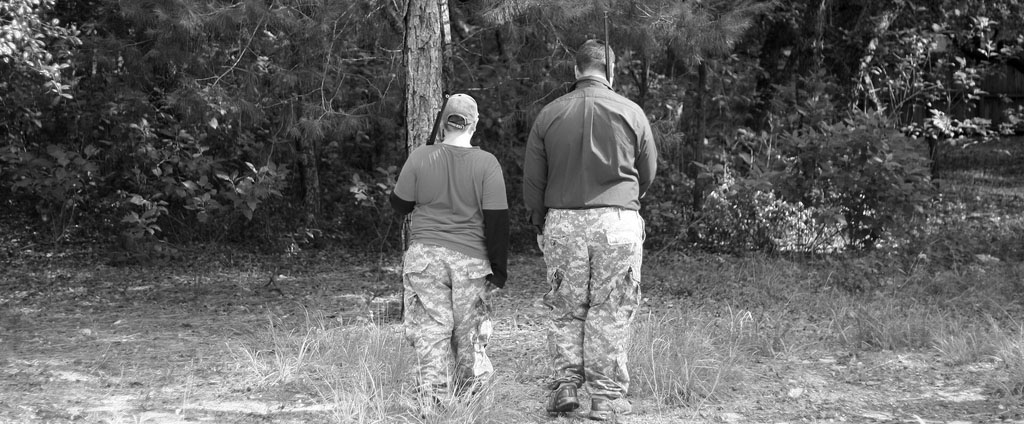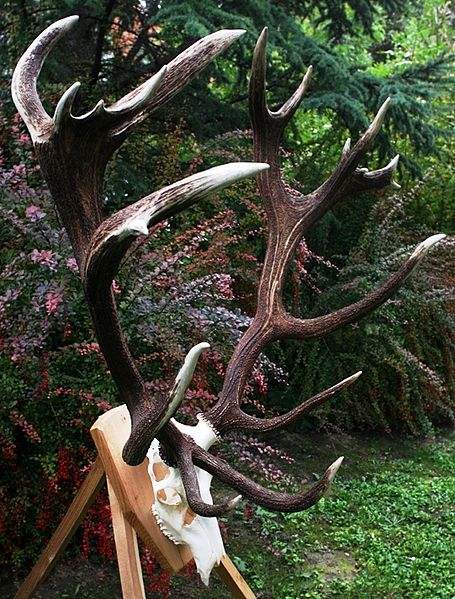 Currently, there are limited and tightly controlled doe hunts in many areas. However, if you ask hunters what they think of hunting does, the chances are that you will find most of them either totally against the idea or totally for the idea.
Currently, there are limited and tightly controlled doe hunts in many areas. However, if you ask hunters what they think of hunting does, the chances are that you will find most of them either totally against the idea or totally for the idea.
The argument against doe hunting generally revolves around the fact that the does have the male fawns that grow up to be the bucks that the hunter hunts. This is obviously very true. It is just as true that one of the biggest justifications for hunting, other than the food it provides, is the fact that it is a control for the enormously increasing populations of deer. How does doe hunting fit into the picture of controlling the whole population, aside from removing another deer at a time from the picture?
An adult doe gives birth to one to three fawns each year. An adult buck usually breeds with many does in a year. They fight for the privilege of doing so. Killing a buck merely removes competition for the bucks that remain, rather than lessening the number of fawns that will be born.
Put in another way, if a herd of 20 deer contains 10 bucks and 10 does, removing half the bucks only briefly drops the herd size to 15. Five bucks is still more than enough to breed with the does. Since the does give birth to one to three fawns, the following spring, an average of 20 fawns is born. The herd of 15 rebounds and becomes a herd of 35. Assuming that half of them are male, once they reach adulthood, there will be 15 bucks instead of the original 10. Ignoring for a moment that the new bucks haven’t yet reached breeding age, the herd has almost doubled in size. Continuing to take half the adult bucks in the herd doesn’t control anything except in the short term. The herd continues to grow, held in check only by winter kill, starvation and limited predation by cougars, bears, wolves and the like. Even with that, the herd continues to grow, though the deer in the herd tend to be far weaker than they should be.
Look what happens when doe hunting is included: If five does are taken in addition to the five bucks in the original herd from doe hunting, the picture changes substantially. The original herd drops from 20 to 10 animals. The five remaining does still give birth to an average of two fawns each, but the herd only grows back to 20 animals. What is more, winter kill is minimized because there is more food for each individual, so they all become stronger. Population is controlled if doe hunting is allowed.
This is over-simplified and it does need to be maintained closely, however the point is that by doe hunting, the herd doesn’t continue to explode and result in weaker and scrawnier animals. It is also more humane since fewer animals die of starvation, which is a particularly gruesome way to perish.
In essence, controlled doe hunting doesn’t result in fewer big bucks, it produces more of them. In fact, this is the reason limited doe hunting is allowed in so many places. It must be done when the does are not carrying young and have none that are totally reliant on them for survival, however it can be done. There is worth in doe hunting after all.
Image by Tammie
Related:



